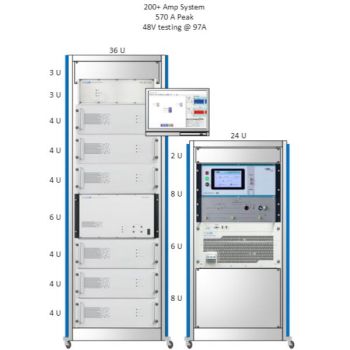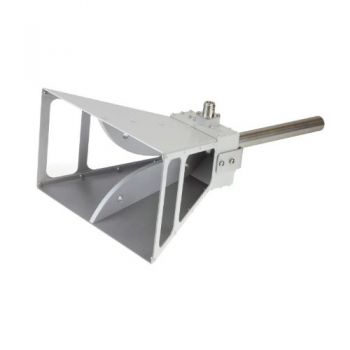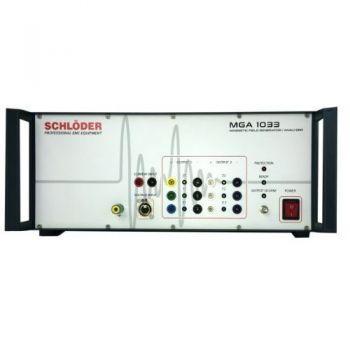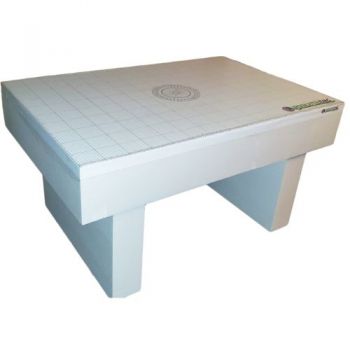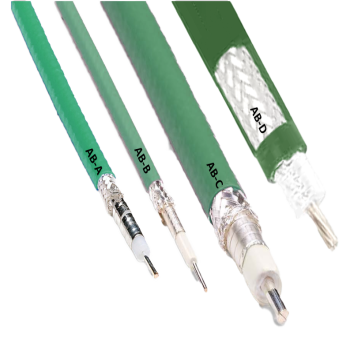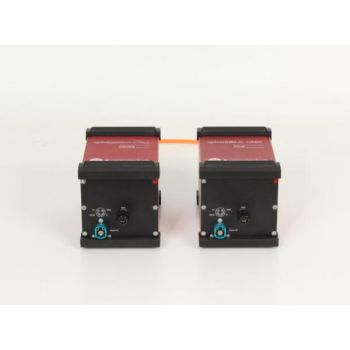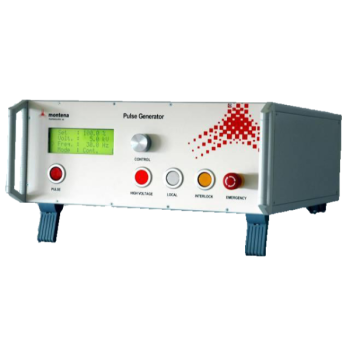Products
- Protocol reports
- Generation of waveforms with synchronous data acquisition
- Modular Expandable
- Individual Waveform Generation
- Standard Libraries included
- Unlimited Waveform size
- 2 different Waveforms synchronously
- DLL's for LabView, Vector CANoe / CAPL, C#, C++, ANSI C, Python, etc.
- Simulation of imported oscilloscope waveform
- Full IEC/EN 61000-3-X Compliance – Covers harmonics and flicker testing.
- High-Power Testing – Supports loads up to 75 A and 50 kVA.
- Regenerative Power Supply – Efficient energy recovery system.
- Programmable AC Simulation – Adjustable voltage, frequency, and transients.
- Precision Power Analyzer – Ensures accurate compliance verification.
- Automated Software Control – Simplifies testing with real-time monitoring.
- Versatile Applications – Ideal for appliance, automotive, renewable energy, and aerospace industries.
The broadband horn antenna BBHA 9120 D is a linear polarized double ridged horn antenna.
- (0.8) 1 GHz to 18 GHz
- N - female
For EMC tests according to the standard IEC/ EN 61000-4-16, -19 and IEC/ EN 61543
- Common Mode & Differential Mode
- Power module with 5A / 250 W or 16A / 800 W
- Signal generator with DC, sine, triangle, and square waveforms
- The external source can be added to the internal signal
- Windows Application software, USB port
The compact magnetic field generator and analyzer MGA 1033 allows susceptibility tests against magnetic fields from DC to 250 kHz according to the standard EN 55103-2 and their measurement according to EN 55103-1. In addition, EMC tests are possible according to various standards such as automotive, avionic and MIL-STD.; Generation of magnetic fields from DC to 250 kHz; Field strength up to 1000 A/m; EN 55103-1/2, MIL-STD 461, Automotive etc.; Accessories: Loop sensors, Helmholtz coils etc.;
TRILOG Broadband Antenna, Combination antenna, Bicon+Log
- 30 MHz to 7 GHz
- 100 Watts
- Ideal Broadband antenna for Emissions measurements to CISPR 16 and many others
The EPS Test Table is a simple, inexpensive solution for your EMI testing. It is made from durable, expanded polystyrene (EPS) material and can be customized to your requirements. Complies with CISPR, ISO, & IEC requirements for having a low permittivity and can be used for additional standards.
- High strength EPS 3lb per ft3
- Low Permittivity >1.04
- Made for high loading 500 lb.
- Options
- vinyl topper with your company logo (shown in picture)
- epoxy coating for the top (can be combined with vinyl)
The Absolute Coax series of cables are designed specifically to meet the requirements for EMC testing. Each industry has requirements that are unique. EMC is no different. Absolute EMC has gone through the selection process to only offer the best performance quality and value. Taking away the need to spend hours searching and looking through specs and manufacturers to find what you hope is the best value. 4 options are available fitting most EMC applications.
The optoLAN 100/1000Base-T1-BCM89887 is a bidirectional optical transmission system for automotive Ethernet 1000Base-T1 and 100Base-T1 signals. Featuring Rosenberger HSD (Z-coded) connectors, optical transmission, and a shielded case, it ensures reliable, interference-free performance for EMI and EME testing, proven in automotive EMC labs. (picture to be updated)
Benefits of the PG-CS115 Pulse Generator
- MIL-STD 461 Compliant: Meets stringent military standards for reliable testing.
- Flexible Configurations: Available as standalone (PG-CS115) or modular (M-CS115) units.
- Comprehensive Accessories: Optional injection probe, attenuator, oscilloscope, and control software.
- High Precision: Delivers accurate rectangular pulses with rapid rise/fall times (≤ 2 ns).
- Versatile Testing: Supports single and repetitive pulse rates from 1 to 50 Hz.
- Compact Design: Lightweight and portable, ideal for various testing environments.
- Reliable Performance: Durable construction ensures long-term use in demanding settings.
Enhance your EMC testing with the CS115 Pulse Generator—precision, compliance, and versatility combined.

